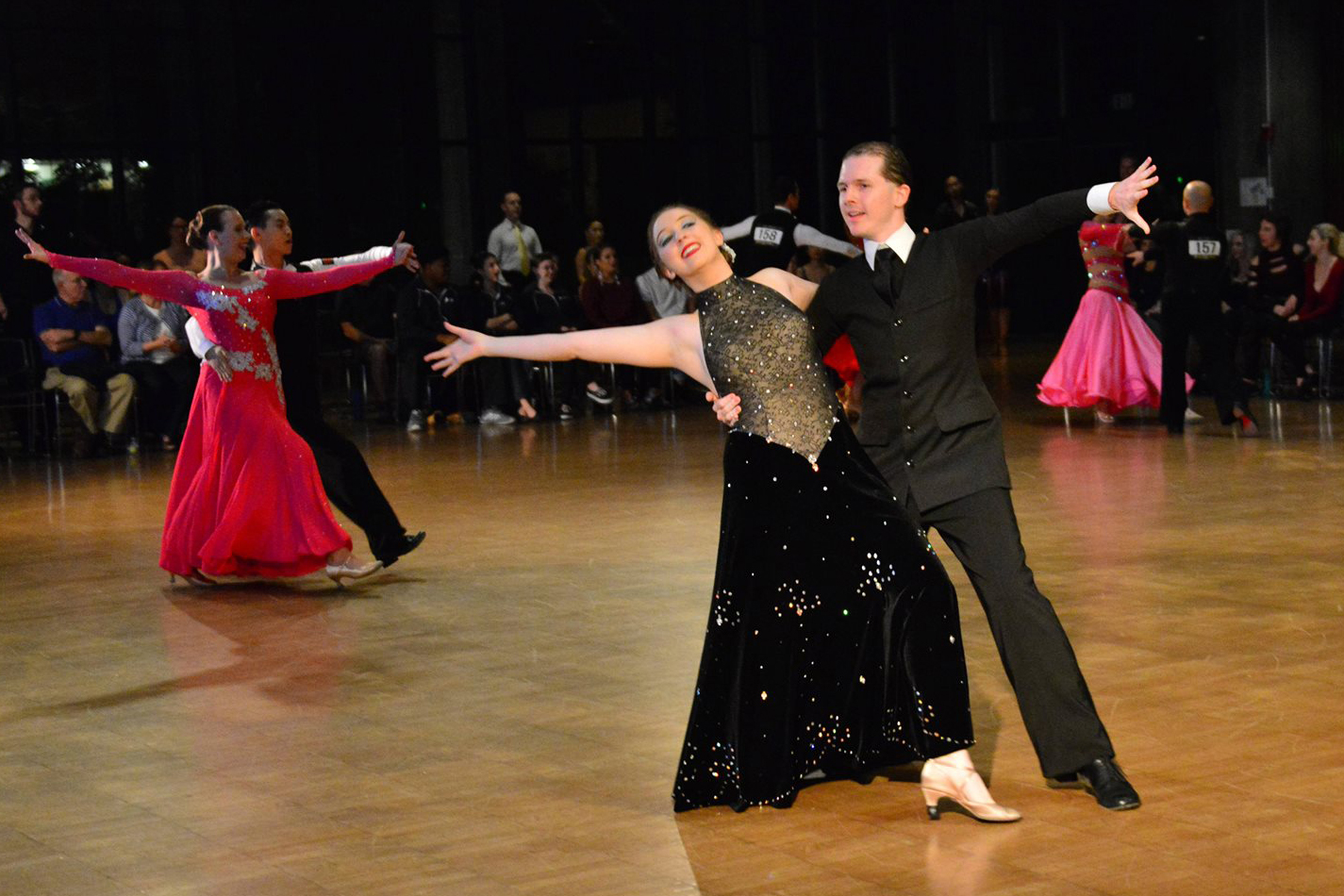Context: The informant, a 20-year-old college student who was born in Venezuela and raised in Boston, Massachusetts, described various rituals and superstitions that relate to both her passion for theatre and her Venezuelan nationality. The following is an excerpt from our conversation, in which the informant recalls a Venezuelan superstition that people take part in during New Year’s Eve celebrations.
Text:
Informant: On Venezuelan New Year’s, we have a tradition that… it’s kind of weird… we have a tradition that you’re supposed to wear yellow underwear on New Year’s Eve. It’s supposed to be good luck, but I don’t really know. My mom always told me it was thing, but she and my dad never did it. Then I was like, “Well, I want good luck!” So, I started doing it. Maybe it’s like yellow and like gold and gold having to do with riches or something… maybe it’s something like that. But we always would talk about it and do it. I purposefully bought a piece of underwear the other day, so that I know I would have it for this year, because my other pair is too old. So yeah, I definitely intentionally do it and it’s another integral part of my New Year’s Eve experience every year.
Informant’s relationship to the item: Though the informant’s parents do not take part in the New Year’s Eve tradition, the informant has taken it upon herself to buy multiple pairs of yellow underwear in order to take part in the Venezuelan tradition. This demonstrates her belief that the practice holds some form of validity, in spite of the fact that no one in her immediate family practices it. Additionally, she expressed some embarrassment while she was describing the superstition to me, due to the nature of the tradition. Yet, she still reaffirmed her belief in the folk ritual.
Interpretation: The Venezuelan New Year’s Eve tradition of wearing yellow underwear is a good example of a superstition that involves a color that holds symbolic significance to a group of people. Throughout the world, colors are culturally-encoded; sometimes a color’s symbolic meaning is more universal and other times it varies throughout communities. In this case, the yellow underwear seems to represent good luck and good fortune because yellow and gold are often associated with money, wealth, and riches. In more recent years, which has seen Venezuela living through one of the worst economic collapses in the world right now, the New Year’s Eve superstition likely is even more significant to Venezuelans than before. The tradition could also serve as a very tragic reminder of current misfortunes.

